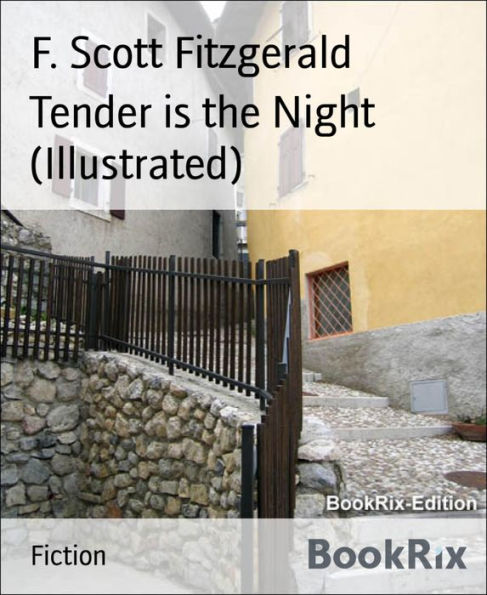What makes someone a great reader? Ask a pro. The answer lies in his new memoir of the literary life, one he depicts as a dazzling treasure hunt and exercise of our sympathies.
When true literary geniuses leave their mark on the writing world, they often make it seem effortless. We mere mortals are left to ponder, “How is it that one person wrote War and Peace when I can barely get out of the house wearing matching shoes?” But it all begins to make a little more sense […]
Sometimes a biography just doesn’t cut it. When it comes to a gripping story about a real person, a just-the-facts approach can be utterly compelling—but what if the subject isn’t so cut and dry? What if we can’t ever know the full picture? This is the playground of historical fiction, and in the right hands, […]
The joke that all writers are crazy for choosing a profession with so little glamour or guaranteed return on investment is an old one, but it’s not that funny when you consider how many writers actually did or do suffer from mental disorders, from depression to something more complex. Anyone struggling with mental health faces a huge challenge in their […]
Back in June, we solicited summer reading recommendations from some literary peeps in the know. Now, a new slew of characters has come forward to offer their picks for the holiday gift-giving season. Here are the titles at the top of their lists: Tess Durbeyfield recommends Orange is the New Black. Tess loves this memoir by Piper Kerman for its balance of humor […]


